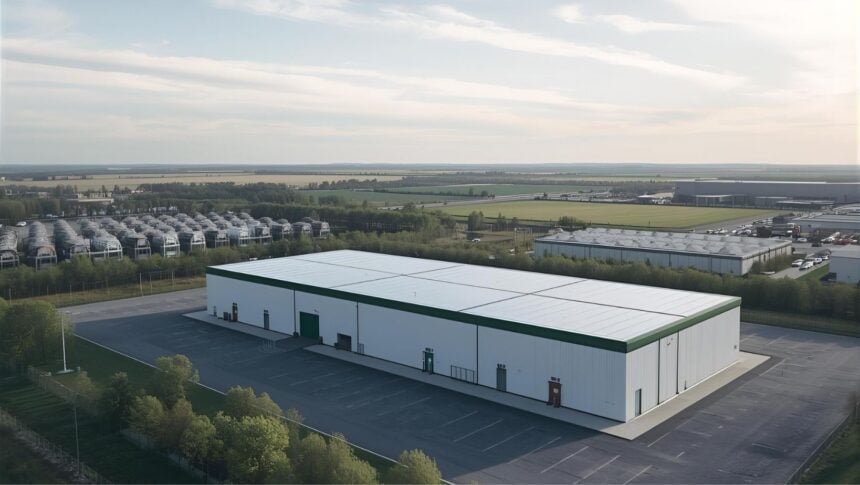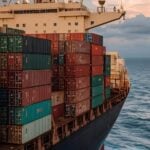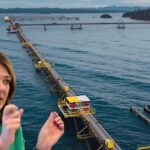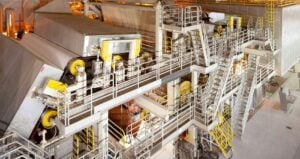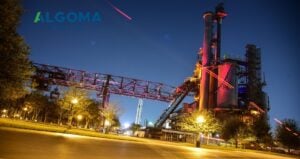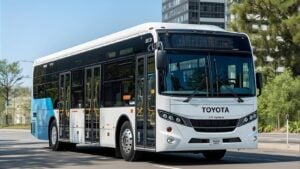NextStar Energy has gotten an occupancy permit for its electric vehicle battery plant in Windsor, Ontario. This means that construction is officially over and operations can begin at Canada’s first large scale cell manufacturing facility.
The company said it would start ramping up operations at the cell plant this year, which is a big step forward for Canada’s growing battery supply chain.
The $5 billion complex covers about 4.23 million square feet and has 11 buildings. Two of these buildings are for making cells and modules, and the rest are for things like recycling and safety testing.
The site is meant to make up to 49.5 gigawatt-hours of cells every year when it is at full capacity.
NextStar, a partnership between Stellantis and LG Energy Solution, has hired more than 950 full time workers so far and has promised to hire 2,500 more as production increases.
The leaders of the company say that the main goal right now is to move from building things to making things.
Brett Hillock, the chief operating officer, talked about a staged path that includes proving processes, running sample phases, and completing validation before switching to mass production.
He went on to say that the goal is to start making things in large quantities by the end of the year.
The occupancy permit comes a little over three years after Stellantis and LG Energy Solution announced the Windsor project, which both companies have said is a key part of their plans to electrify North America.
According to the company, construction started in 2022 and involved more than 9,000 Canadian tradespeople who worked more than 8.4 million hours on the site.
The launch in Windsor is a real step toward increasing battery capacity in the area at a time when car companies are trying to figure out how to meet demand while also making sure that important parts are made nearby.
Once the plant is fully validated, Stellantis should have less risk of supply and lower logistics costs because all of the electrode, cell, and module production will be in one place in Canada.
The permit also sets up a hiring and supplier ramp that parts makers on both sides of the border will be keeping a close eye on.
NextStar’s official statement went into detail about the milestone, saying that the plant is now safe for people to live in and is getting ready for production.
NextStar’s leaders said that the approval was a transfer of power from builders to operators. The company said that the facility is fully approved for safe occupancy and ready for production, even though some minor work is still going on in areas that aren’t operational.
How quickly the plant can move through sampling and certification to sustained high volume output will define the next stretch. This is usually what decides whether a new battery line meets its commercial delivery deadlines.
